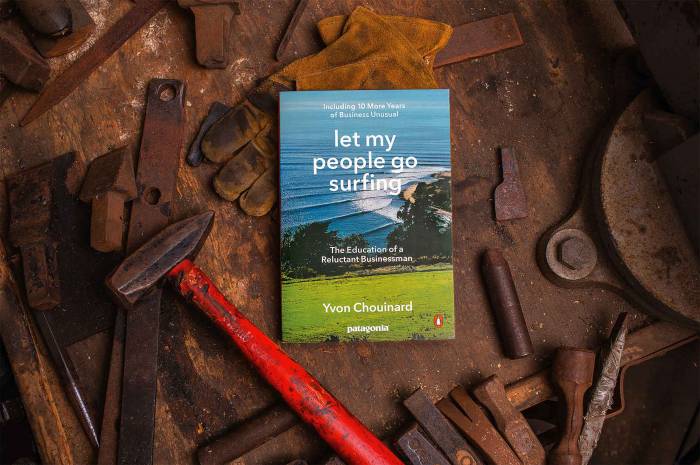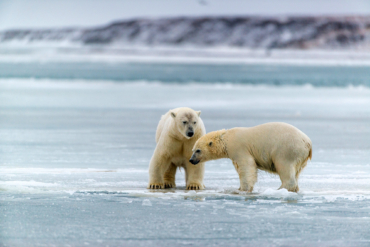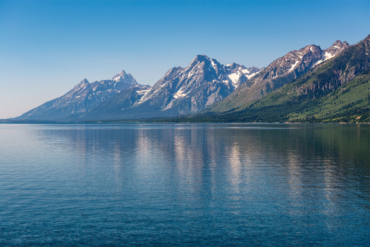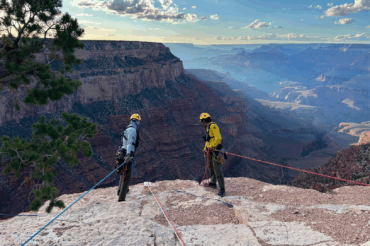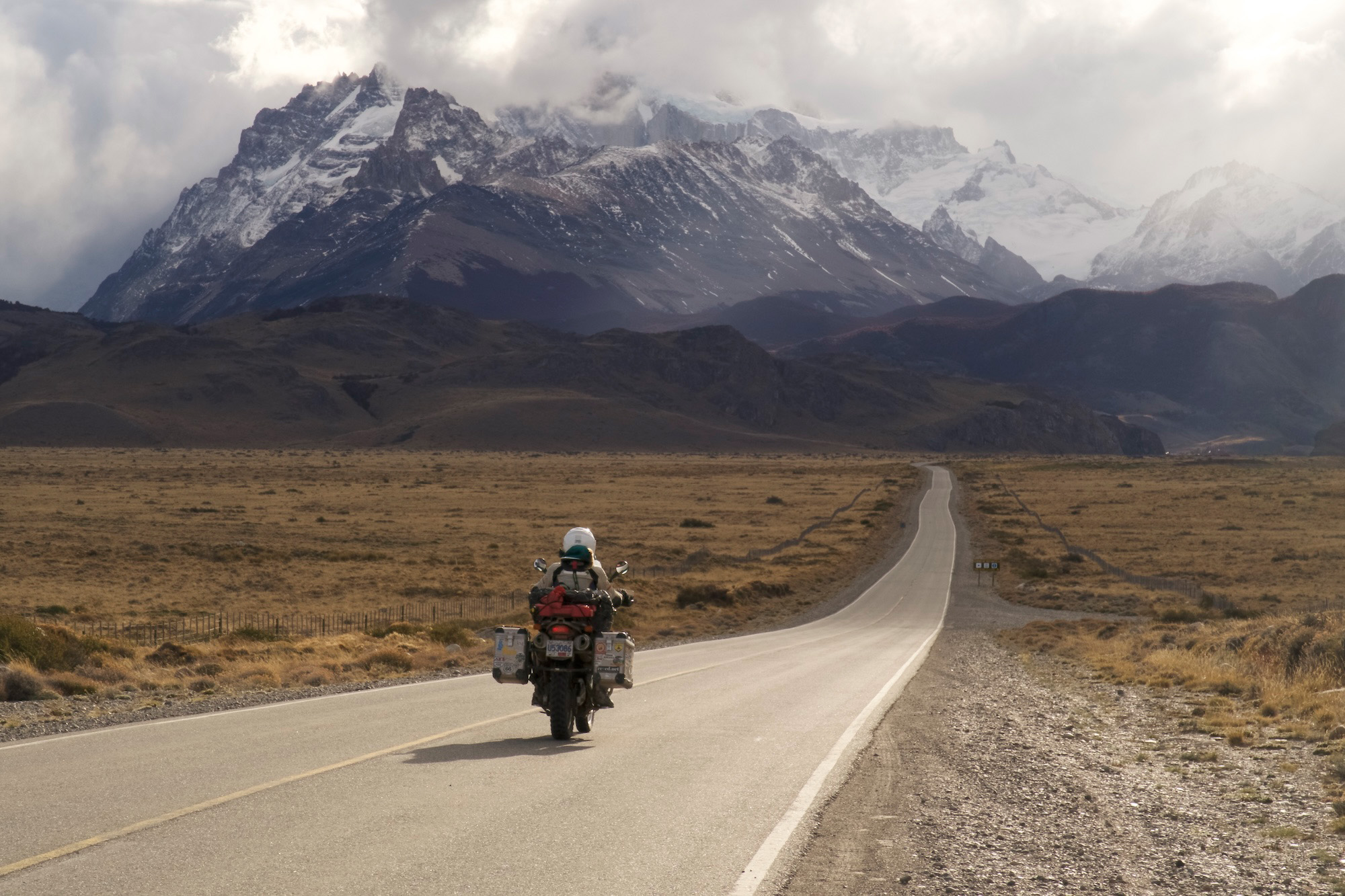Patagonia is a massive outdoor brand nearing $1 billion in annual sales. The revised ‘Let My People Go Surfing: The Education of a Reluctant Businessman’ gives an inside look at the company and founder Yvon Chouinard’s peculiar, inventive mind.
In the introductory pages of “Let My People Go Surfing,” Yvon Chouinard looks back with a vivid, condensed autobiography of his early life. He outlines his family’s resettlement from Maine to California, where early adventures forged a burgeoning visionary in the outdoors world.
The start of the book, illustrated with old black-and-white photos, tells of Chouinard’s teenage passion for birds and how he came into climbing via the Southern California Falconry Club. The hobby involved scaling cliffs, on which he honed skills later transferred to the big walls of Yosemite, the mountains of Wyoming, and beyond.

Chouinard created strange homemade clothing for falconry, including stitching on thick leather patches for padding while on rappel in the old-school, rope-over-shoulder style.
He eventually made his own climbing hardware. Hammers and a blacksmith’s forge let him pound pitons from raw iron. He founded and grew Chouinard Equipment Ltd., leading a new movement in “clean” climbing and selling his California-made chocks, carabiners, and ice axes to the world.
Book Review: Let My People Go Surfing
First released in 2006, the new version published by Penguin Books is revised and expanded. For $20, it’s worth a purchase even if you read the first book. Chouinard edited chapters and added loads of new material.
Beyond wild tales of the early days, the book is a business manual of sorts. It outlines Chouinard’s “philosophies” around topics like marketing, management, product distribution, and design.
Case studies roll off the pages in lighthearted, first-person narratives. Chouinard shares the ups and the downs from the 1970s onward. He reveals the ad hoc processes and the raw materials Patagonia needed to build its empire (and some that nearly brought it down).
Patagonia is a certified B-Corporation, meaning it is for-profit and legally bound to create a positive impact on society, its workers, and the environment. A chapter at the end is dedicated to the company’s environmental philosophy, which evolved over decades.
Chouinard’s Environmentalism
A conversation on the environment, however, begins long before the book talks business. Threads around sustainability and an effort to cause “no unnecessary harm” stem from early experiences in Southern California, where piton scars on Yosemite walls and polluted, dammed rivers shaped Chouinard’s worldview.

The company’s latest venture, a business focused on food, is covered in the book’s sections. From fish to bison to beer, Chouinard touts his food division, Patagonia Provisions, as a “new vision of agriculture.”
No doubt, “Let My People Go Surfing” is an amazing marketing piece for Patagonia. But it reads less like a corporate tome and more an honest reflection by a man who’s been around. Grab a copy for its business advice or its far-reaching lens on work and life.
I loved the first pages that recount Chouinard’s early days, brought to life by scenes of weird clothing sewn and gear iron-forged in a shed. Tales of Chouinard leaving work for months at a time to climb cliffs around the world epitomize the outdoors icon.
Chouinard is entertaining and inspiring, a self-proclaimed anti-business businessman with an original, always-evolving outlook on what it means to make money, sell clothing, hike, paddle, climb, and be alive.
–Order a copy of “Let My People Go Surfing.”

